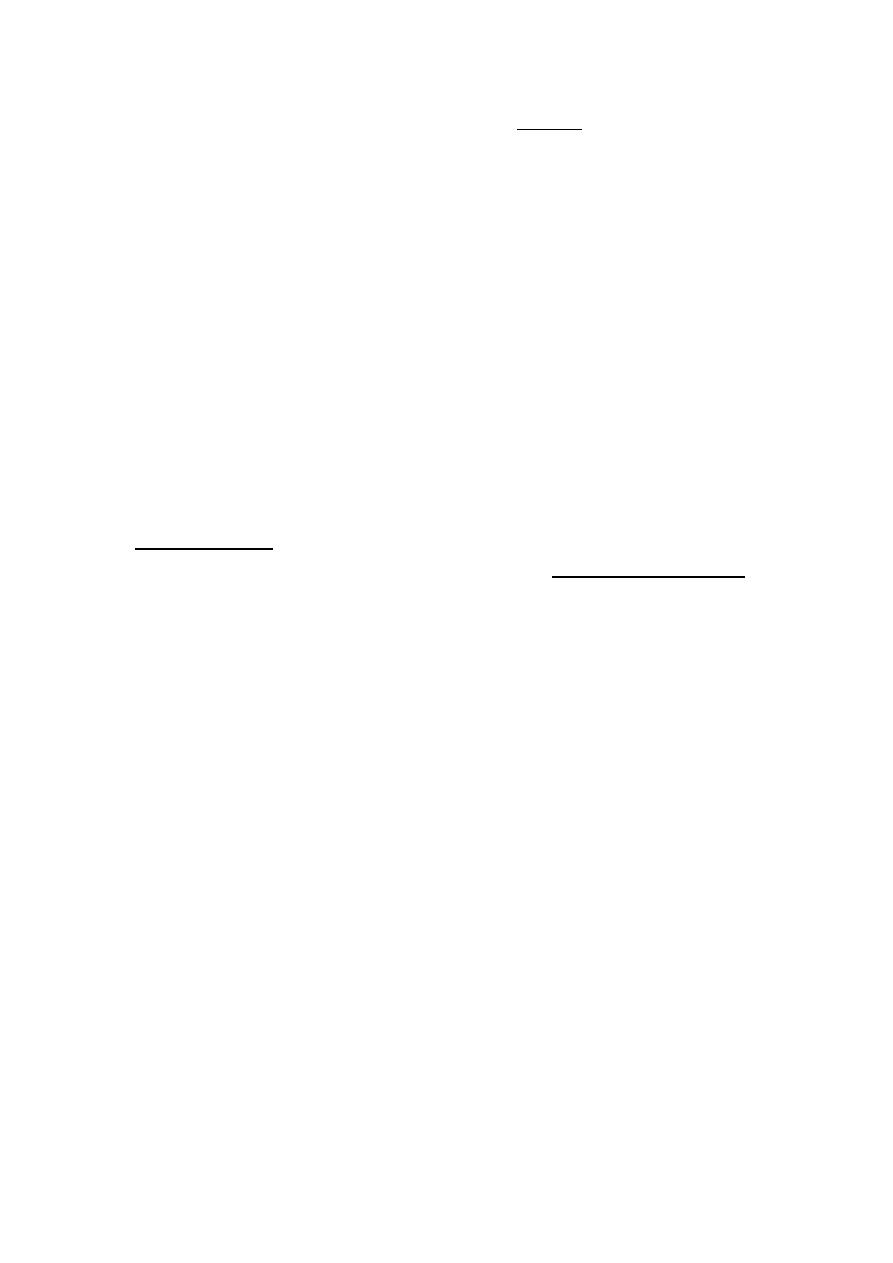
Embryology
Lec: 8 Prof Dr. Al-Hubaity
The placenta
It is the organ through which exchange of materials between the mother
and foetus takes place. It is developed from 2 sources:
1- Chorionic frondosum (fetal part).
2- Decidua basalis (maternal part).
The fetal part is smooth and shiny, gives attachment to the umbilical cord
and is covered by amnion.
The maternal surface is rough and irregular due to 15-20 elevations called
cotyledons.
The full term placenta has the shape of a disc with a diameter of 15-25
cm (average 20) and is about 2 cm in thickness. Its weight is about 1/2Kg.
The chorionic frondosum and its formation
The chorion is the name given to the trophoblast after the extraembryonic
mesoderm has been formed from its inner surface. The chorion is formed
as follows:
A. The outer wall of the blastocyst before implantation is called the
Trophoblast.
B. As the blastocyst begins to implant itself into the endometrium, the
trophoblast is differentiated into 2 layers: an outer syncytio-
trophoblast and an inner cyto-trophoblast.
C. Extraembryonic mesoderm is formed from the inner surface of the
cyto-trophoblast.

Thus the trophoblast becomes known as chorion and the blastocyst
known as chorionic vesicle
In the early stage of pregnancy the blastocyst (chorionic vesicle) becomes
floating in between the maternal blood lakes and the nutrient substances
passes from these lakes to the chorionic vesicle by simple diffusion.
As pregnancy advances the villi formation will increase, thus primary,
secondary and tertiary villi are formed during the 3
rd
week after
fertilization. The villi are formed around the entire circumference of the
blastocyst and as pregnancy advances a stem villi or anchoring villi
appear which penetrate deep into the maternal part of placenta (decidua
basalis) in order to fix the chorionic vesicle to the wall of the uterus. At
this time the villi at the embryonic pole continue to grow and penetrate
more while at the ab-embryonic pole and other places of the Blastocyst,
regress and degenerate to disappear completely and becomes known as
chorionic laeve. Those villi at the embryonic pole increase in number
and branches and becomes leaf-shaped known as chorionic frondosum.
The Decidua Basalis (Maternal part of placenta)
The decidua is simply defined as the endometrium of pregnant uterus. Or
defined as endometrium after the blastocyst is completely embedded in it.
The decidua include 3 parts:
1- Decidua basalis or maternal part of placenta.
2- Decidua capsularis that forms a thin capsule around the blastocyst.
3- Decidua parietalis, is the deciduas which lines the remaining part
of uterine cavity.
As pregnancy advances the capsularis and the parietalis becomes
approximated to each other and fuses together thus the uterine cavity
become smaller and is obliterated. The only part of the decidua which
continues to grow is the decidua basalis and to form part of the placenta
from the mother side.
The decidua basalis is the most important part and is the part which lies
between the blastocyst and the wall of the uterus. It contains the maternal

blood in the intervillous spaces which is only separated from the fetal
capillaries by the placental barrier only.
The main structures of the placenta are the following:
1- Chorionic villi.
2- Intervillous spaces.
3- Cytotrophoblastic shell.
4- Placental septa and cotyledons.
5- Placental barrier.
The chorionic villi is the chorionic frondosum and represents the floating
villi into the intervillous spaces of the decidua basalis.
The intervillous spaces are filled with the maternal blood and is bounded
between the basal plate and the chorionic plate.
The placental septa extends from the roof of the intervillous space toward
the chorionic plate thus forming compartments known as cotyledons.
The placental barrier separates the maternal blood from the fetal blood, in
the first half of pregnancy the barrir is formed by 4 layers (syncytia
trophoblast, cytotrophoblast, extra embryonic mesoderm and endothelium
of fetal capillaries), later on the barrier becomes thinner and forms from
two layers only (Syncytia trophoblast and the endothelial lining of the
fetal capillaries).
The placenta is fully established by the end of the 4
th
month and thus the
corpus luteum regress and disappear completely.
Functions of placenta
1- Nutritive function.
2- Respiratory function.
3- Excretory function to get rid from urea, creatine and creatinine.
4- Endocrine function to secrete estrogen, progesterone, chorionic
gonadotrophin and melanin spreading factor.
5- Protective function to protect the fetus against some
microorganisms.

Premature baby:
is the baby which is born after 25 weeks of
intrauterine life, is able to survive but with greater difficulty and is in
need of special care.
Post mature baby:
is any baby born around or after 42 weeks of
intrauterine life.
Intrauterine growth retardation (I.U.G.R)
Is a newborn baby whose weight is at or below the tenth percentile for
their expected birth weight.
The main causes of I.U.G.R are:
1- Neurological anomalies or deficiency.
2- Congenital anomalies.
3- Respiratory distress syndrome.
4- Chromosomal anomalies.
5- Congenital infection.
6- Cigarettes smoker and alcoholic mother.
